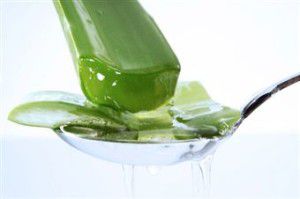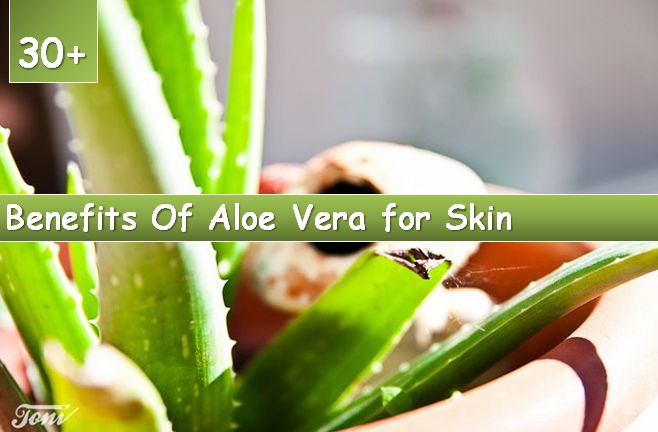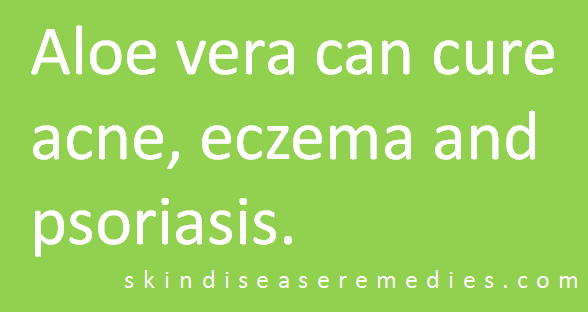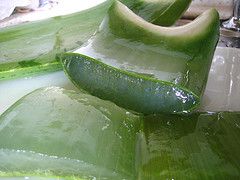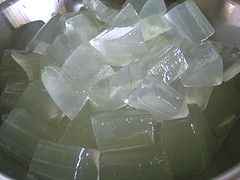Pimples on face, forehead or on any body part starts with redness, swelling and most of the times comes with pain. These bulging red pimples spoils overall look of your face and you may feel depressed and isolated.
With simple home remedies you can reduce redness and swelling of pimples right away. So, next time when you’ve to visit a party try this quick remedy and wipe out swollen pimples.
Quick and short term fixes to reduce swelling and redness of pimples
- Place an ice cube on bulged pimple for few minutes. This minimizes redness and swelling of pimple, as blood underneath pimples contracts.
- Aspirin, that old tablet you use for fever you can use it on pimples too. Salicylic acid present in aspirin has an anti-inflammatory property which helps to fight acne.
Procedure: Make gritty paste of aspirin tablets by breaking them into fine powder and mix water. Using cotton ball or stick, apply the paste on pimples. - Use cream tooth paste to apply it on red pimples. Hydrogen peroxide and other chemicals present in tooth paste may leave your skin dry. So, it recommended using this home remedy with care.
- Place sliced lemon, cucumber or tomato on pimple. Anti-inflammatory and anti-bacterial properties in these natural ingredients fight bacteria and reduce redness, swelling of pimples.
Long term remedies to wipe away pimples
Acne can’t be treated in a single shot, it’s a continuous process. So remember that you need to continue with same home remedy for weeks to see best result. Another important step in treating acne involves knowing and determining your skin type.
Step: 1 Don’t pick or squeeze pimples
Bacterial infection is one of the main causes of acne. When you pop or pick pimple infection spread to other parts of the body. Though it’s tempting to touch we recommend avoiding it. You may try above mentioned short term remedies to restrain yourself from touching pimples.
Step: 2 Wash your face with any cleanser
Daily twice wash our face with mild soap specially made for cleansing. Be gentle on your pimples. After washing pat dry don’t rub hard.
Avoid soaps with fragrance, as they contain chemicals which strip natural moisturizer from skin.
Step: 3 Apply moisturizing cream
Prefer noncomedogenic moisturizer, which doesn’t blocks skin pores. As you determined your skin type select moisturizer that works for your skin. For oily skin consider oil free moisturizer.
You can try homemade natural moisturizers like honey, aloe vera gel and other essential oils.
Step: 4 Watch what you’re eating
Though there are many experts saying that food has no direct relation to acne or pimples, few researches proved that taking low glycemic diet improved acne.
Consider taking rich amount of vitamins and nutritious diet.
Hydrate yourself from inside by drinking water and eating citrus fruits.
Related: Food and acne
Step: 5 Treat acne with home remedies
It’s better to cure before red pimples pop out. Try some home remedies including argan oil, jojoba oil, hydrogen peroxide, witch hazel, rose water, fish oil and face packs to cure acne.
Acne is normal, so don’t get depressed, as stress and depression also causes acne. Thinking it’s common you shouldn’t ignore, as this may spread all over the body.
Related: Home remedies to treat forehead acne
Consult your doctor for severe acne.
Wrap up
Redness and swelling of pimples are part of acne. With short term fixed you can reduce bulging of pimples right away, but within a day they may come back. Try long term remedies to treat acne.
Here we shared all home remedies to treat acne.
Have queries? Comment below

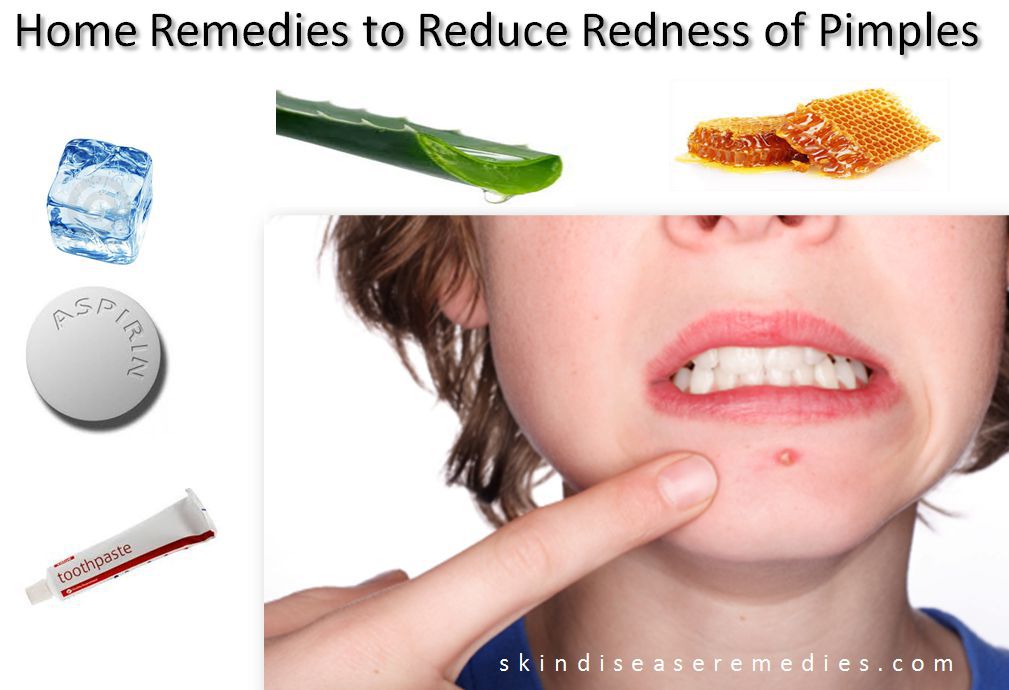
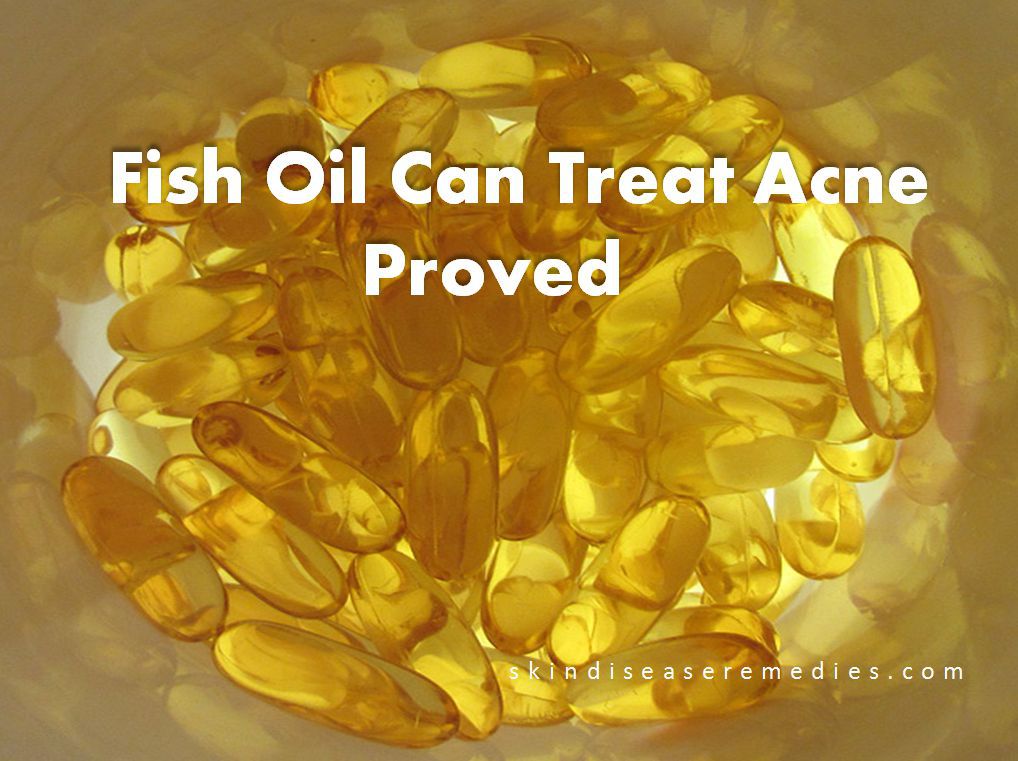
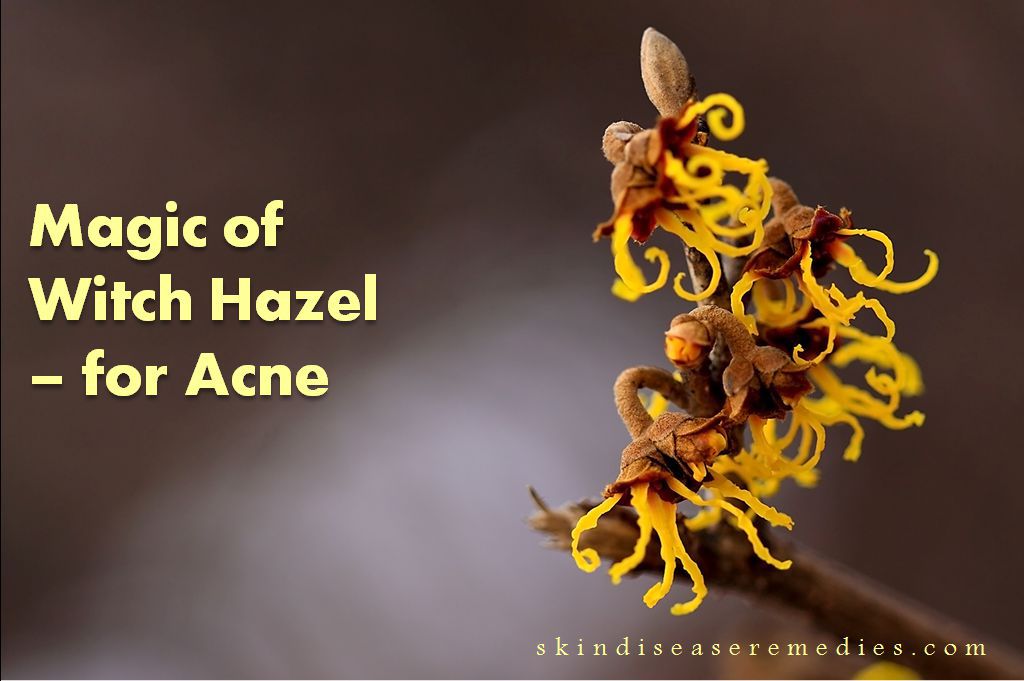
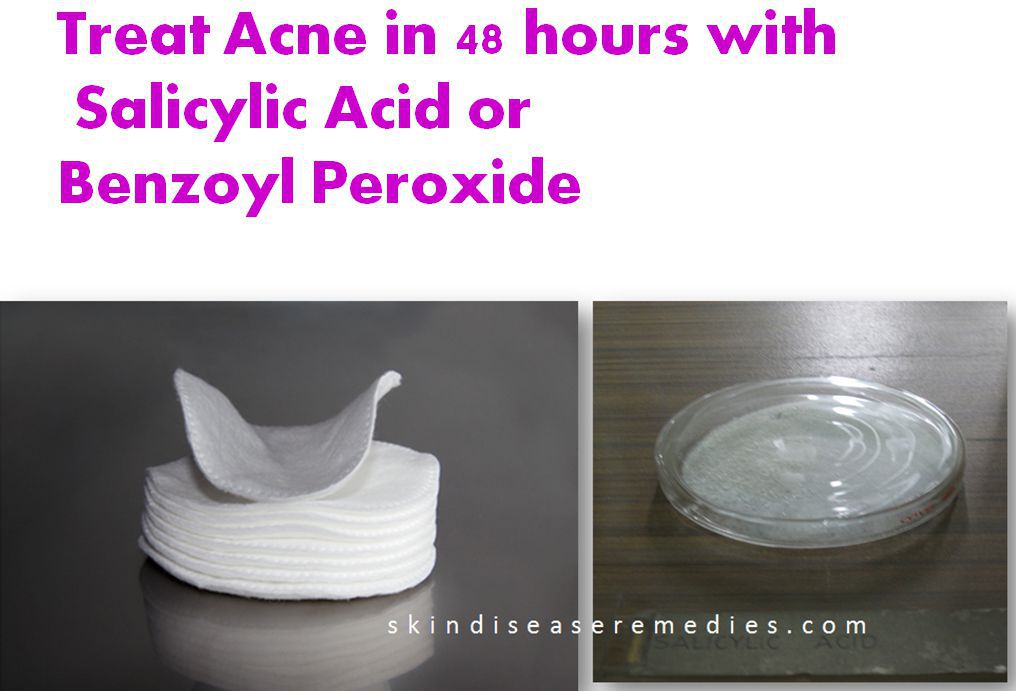
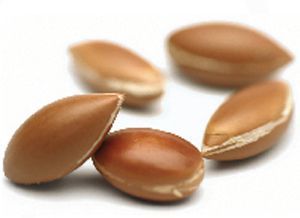
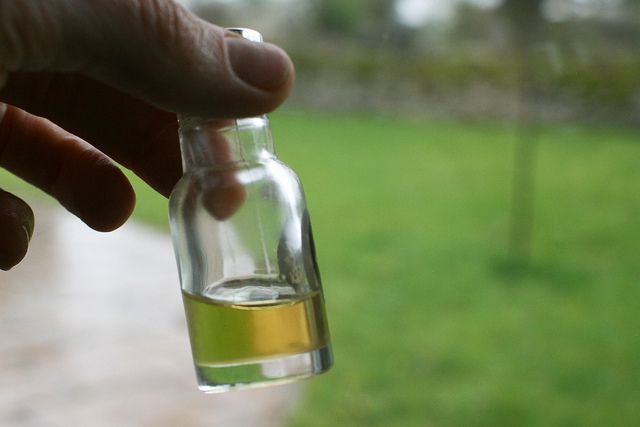
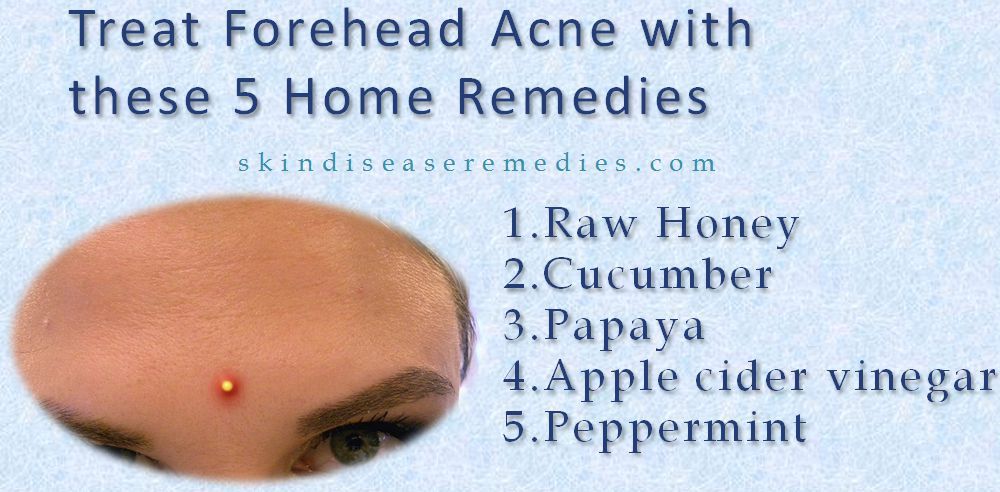
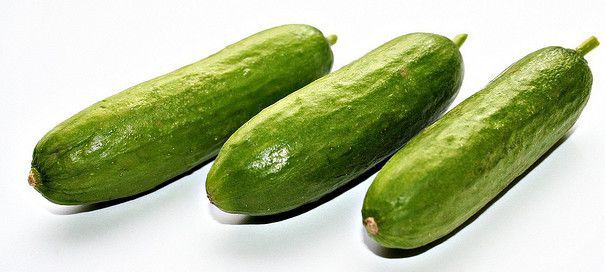
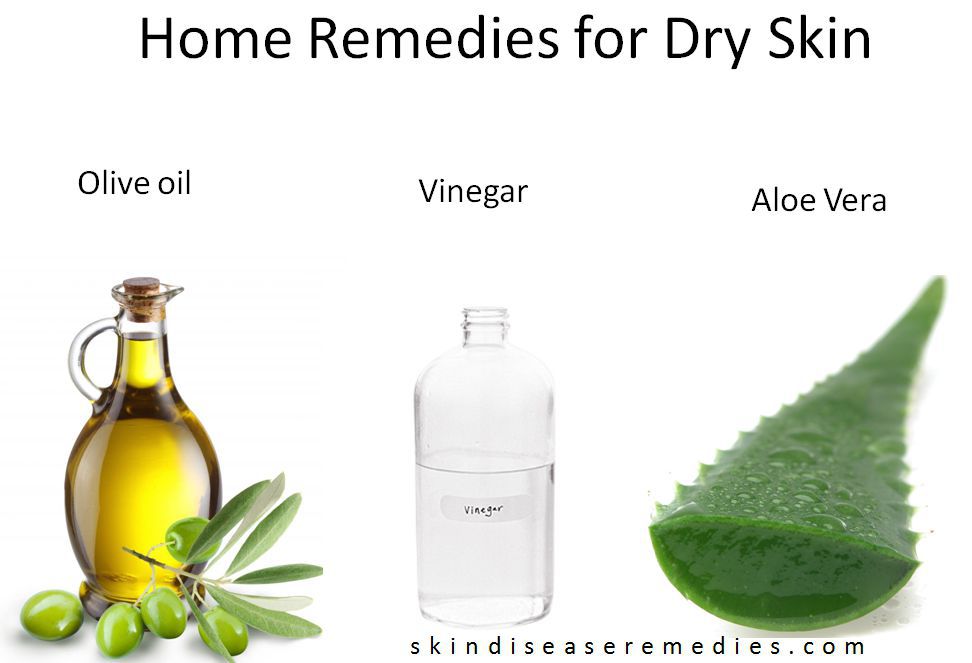 As now the barrier is weak due to loss of moisture, bacteria easily attacks skin leading to major chronic skin diseases like
As now the barrier is weak due to loss of moisture, bacteria easily attacks skin leading to major chronic skin diseases like 